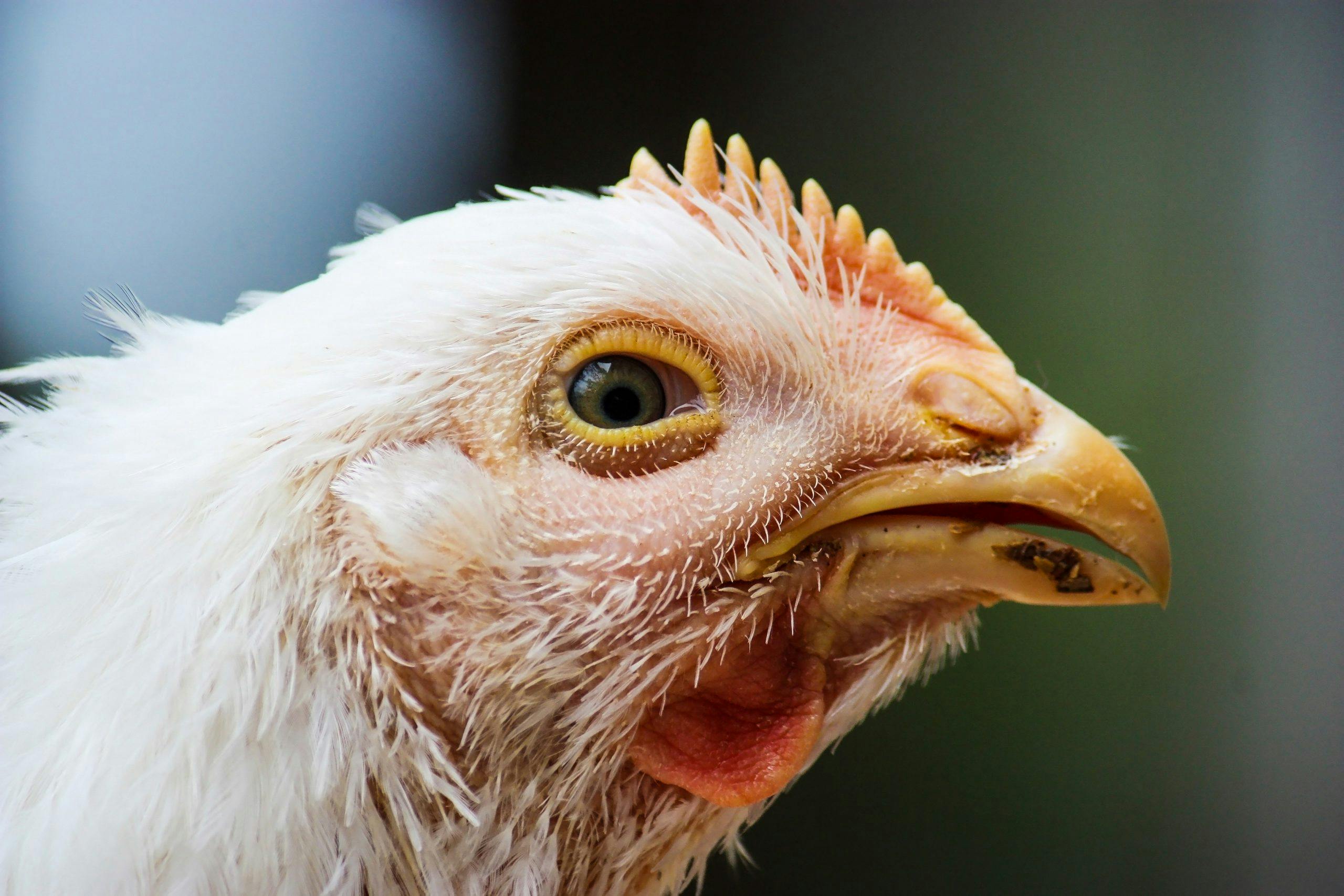
Of the many diseases that affect poultry, fowl cholera is one of the worst. It’s highly infectious and is caused by the bacterium Pasteurella multocida. The incubation period for this disease is about five to eight days. It has an extremely high morbidity, which is the suffering from a disease or medical condition, and the mortality rate can range from 65-100%.
Cause
The bacterium Pasteurella multocida causes fowl cholera and has several serotypes. It’s found to affect adult birds more, and in parental flocks, cocks are more susceptible than hens.
Transmission
The primary way fowl cholera is transmitted from bird to bird is through the oral or nasal route with excretions from the mouth, nose, and conjunctiva. This contaminates the environment, including water and feed, spreading the disease quicker. Rats and mice can also spread it from house to house by contaminating the water and feed with the bacterium. Flies and red mites can be carriers, thus aiding the spread. The survivability of the bacteria also means it can survive long enough to be spread by crates, clothing, and equipment.
Clinical Signs
The disease presents in acute and chronic forms. In acute cases, an early symptom is green diarrhea, and in chronic cases, swollen wattles can be observed. Birds will also show signs of depression, reduced hunger, mucoid discharge from the mouth, and an increased respiratory rate. There can also be a drop in egg production of 5-15%.
Infections can also be found in the respiratory tract, including the sinuses. As the acute infection leads to a quick death, finding large numbers of dead birds can be an indicator of the disease.
Diagnosis
There are several serologic tests, but for diagnostic purposes, they are limited. Caution must be taken if testing the gross lesions, as other bacterial infections may be confused with fowl cholera.
Clinical signs can suggest the presence of the disease, but it is confirmed by bacterial culture from dead birds. A common post-mortem lesion is the petechiae, which are pinpoint, round spots that appear on the skin as a result of bleeding, found in the epicardial fatty tissue, and necrotic foci on the liver can also be seen.
Treatment and Control
Early treatment of fowl cholera with antibiotics is vital. When given to birds and put in the drinking water and feed, they help control the mortality rate and clinical signs, but they don’t eliminate it from the flock. The bacterium can be destroyed by disinfectants but may remain in soil for a long period. The only way to ensure the infection is eradicated completely is to cull the flock and disinfect the premises and equipment. The premises should not be repopulated for several weeks after disinfection, as is industry standard.
Prevention
Prevention is better than cure. Keeping premises clean, disinfected, and free of rats and mice, along with other biosecurity measures, is the only way to prevent the incursion of fowl cholera.
